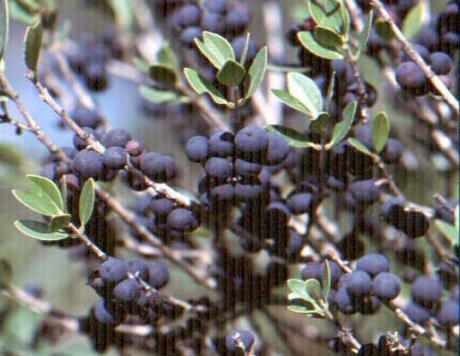You will probably ask why people aren’t familiar with it. It turns out that over the years this plant has suffered bad publicity. For some reason it has not been chosen as a research subject, or as a model for drawing and no poems or stories have been written about it. Thus it remained anonymous despite its considerable presence in nature in Israel. Furthermore, nature lovers tended to confuse it with a much more familiar and well-known tree, the Palestine oak (Quercus calliprinos). How then is it possible to distinguish between them? It’s easy in the spring and summer, when the fruit ripen, since mock privet has succulent purple fruit while the fruit of the Palestine oak are acorns, of course. In the absence of fruit we must examine how the leaves are arranged; mock privet has opposite leaves while the Palestine oak has alternate leaves.
At Ramat Hanadiv we chose to bring mock privet out of its anonymity, devote time and resources to it, and make it the subject of a long-term







